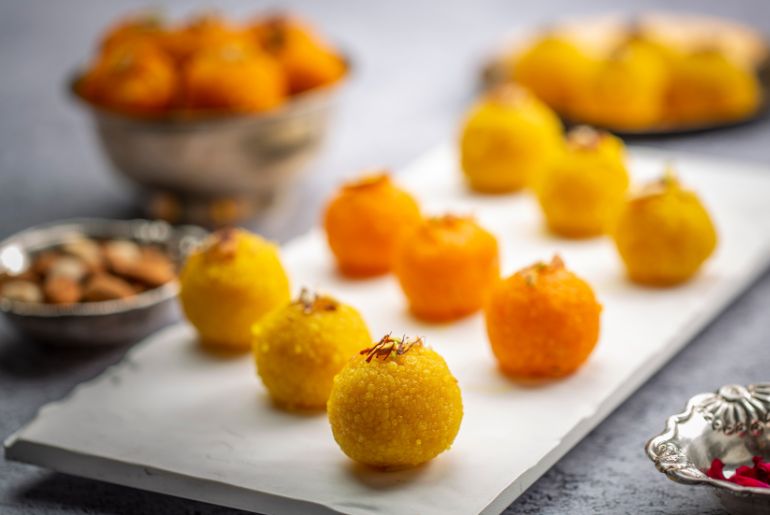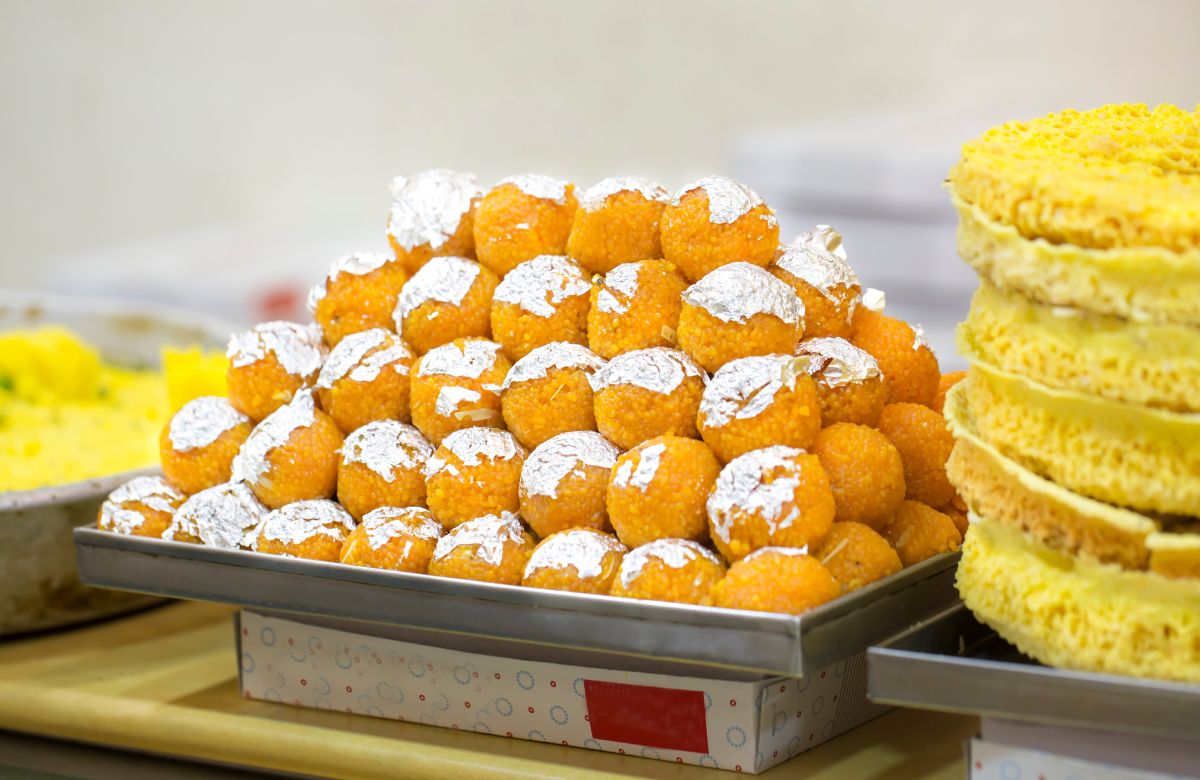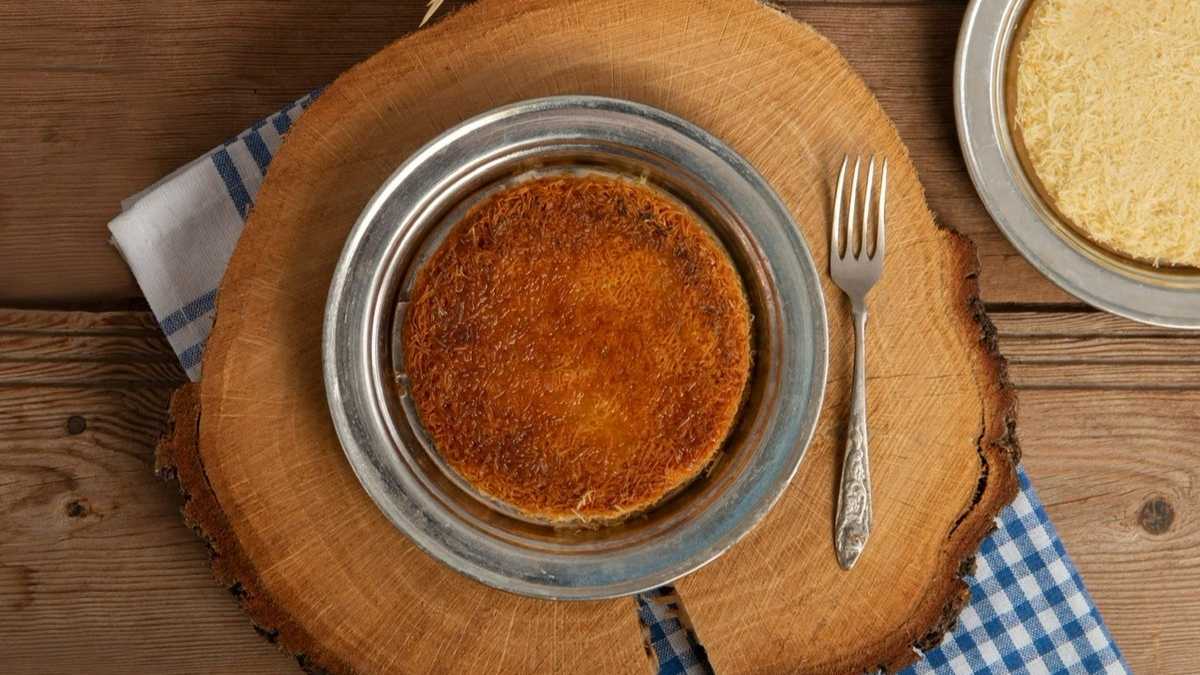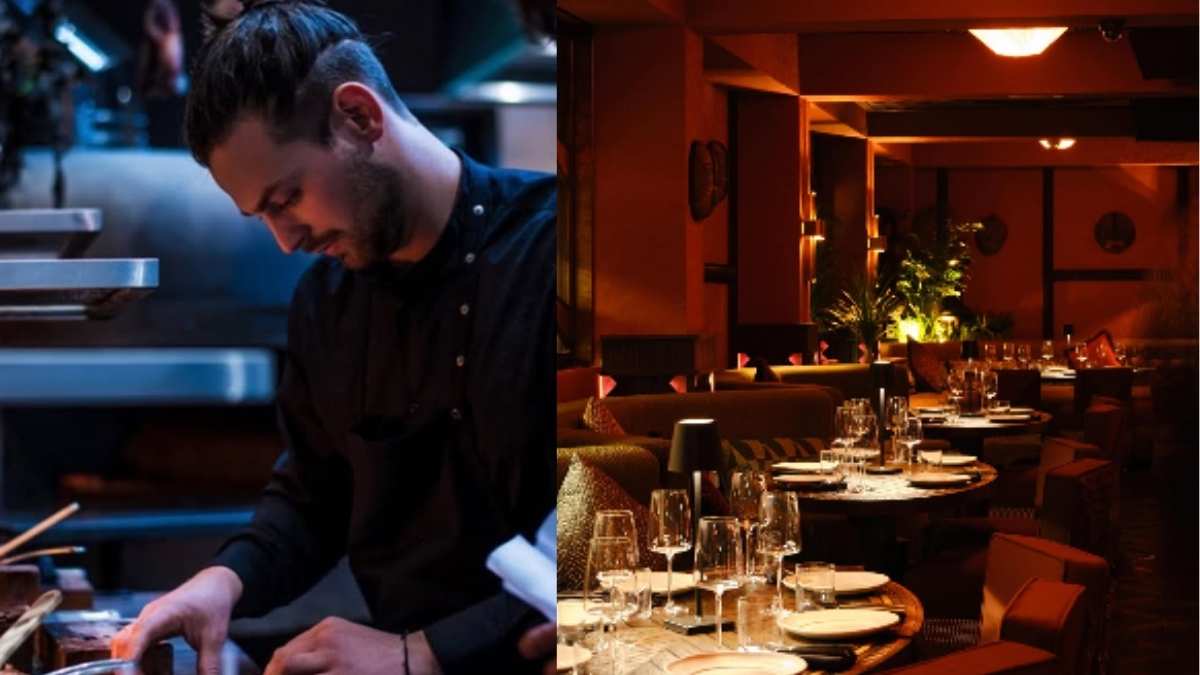Celebrated with great fervour and patriotism, the 15th of August holds significance for every Indian. Alongside the tricolour flags, cultural events, and patriotic speeches, one sweet delicacy that has become synonymous with Independence Day in India is the delectable Motichoor Laddoo. But why?
Why Motichoor Laddoo Is A Staple On Independence Day

Beyond its delectable taste, this sweet delicacy carries the essence of India’s freedom struggle and serves as a symbol of unity and pride. This mouthwatering confectionery has a fascinating connection with the nation’s struggle for freedom and has become an integral part of the country’s celebration.
The importance of sweets and how much they meant to the freedom struggle was apparent when the first thing that was distributed post Nehru ji’s iconic speech on 15th August 1947 was Motichoor ke Laddoo. After the speech, Nehru extended a sweet gesture that would resonate with the people for generations to come. In a simple yet profound act, he served Motichoor Laddoo to the attendees of the celebration.
Since then, Motichoor Laddoo continued to occupy a prominent place in Indian culture. However not only as a symbol of the freedom struggle but also as a delicious treat savoured during joyous occasions. Over the years, the sweet became synonymous with celebrating various milestones in India’s journey as a sovereign nation.
Also Read: From Midnight’s Hour To Celebration’s Dawn, Everything To Know About India’s First Independence Day
This Sweet Has A Long Rich History

After gaining independence, Motichoor Laddoo continued to occupy a prominent place in Indian culture. The sweet finds its origins in the historical land of Rajasthan. During the 17th century, royal chefs in the princely states of Rajasthan created the first version of this delicacy. Originally, it was considered an aristocratic sweet served in royal feasts and celebrations.
India’s culinary diversity extends to its sweets, and Motichoor Laddoo is no exception. Various regions have their own distinct variations of the delicacy, adding to the cultural richness associated with this sweet. For example, in North India, especially in the state of Rajasthan, Motichoor Laddoo is often prepared with an extra hint of cardamom, while in South India, the addition of coconut flakes enhances its flavour.
And this is how Motichoor Laddoo remains an integral part of India’s Independence Day.
Cover image credits: Canva
First Published: August 04, 2023 2:10 PM



